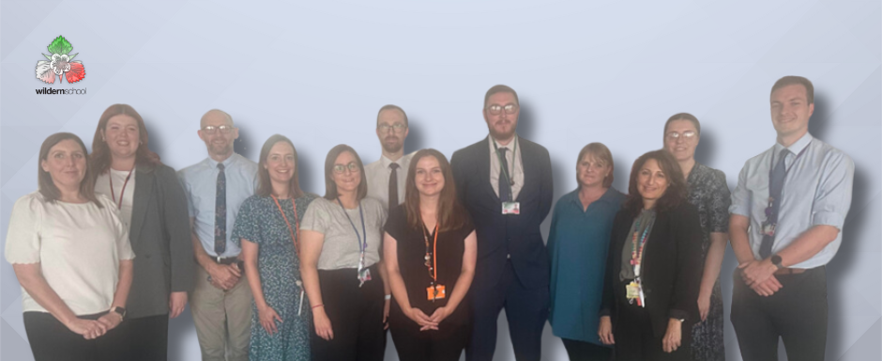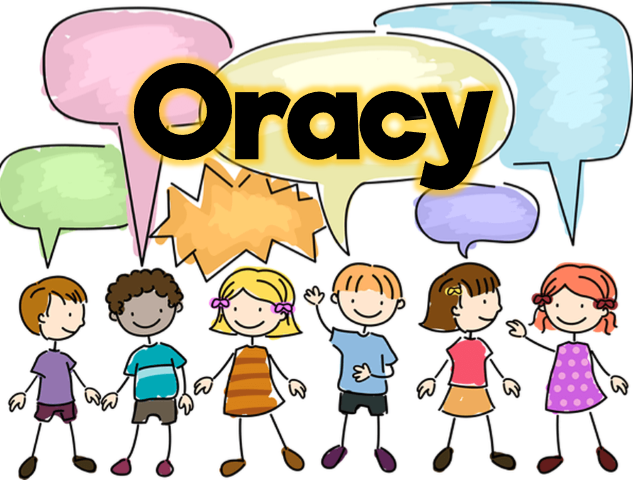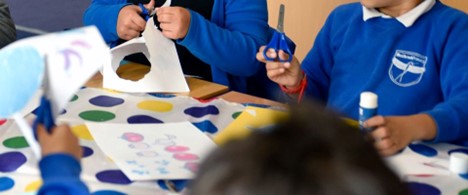Part 3: Pulling the Rabbit Out of the Hat
The Ups and Downs (and everything in between) of whole school implementation
Embedding cultural change in a large secondary school comes with challenges. In this sequence of short blogs, Assistant Head Teacher Ruth Thornton shares the steps Wildern School have taken to build a long-lasting commitment to the development metacognition and self-regulation.
By Ruth Thornton
Why Teacher Learning Communities (TLCs) Are Our Path to Change
As a school leader, there’s nothing quite like the thrill of being given the green light to try something new—even if it feels like a fresh take on ideas we’ve explored before.
So, what’s the plan?
After weighing various options, we’ve decided to implement Teaching and Learning Communities (No pun or chasing of waterfalls intended!). The term “learning” reflects our commitment to fostering a culture of growth and development across our entire school community—including teaching assistants, student services personnel, teachers, and senior leadership. Teaching and learning encompasses the idea of our communities all learning from each other and by using the term community we wanted to express the idea that we are all in it together – everyone is accountable for their part.
Such working parties and models for professional learning are not a revolutionary concept, but it’s new to our school, and understandably, it’s been met with some scepticism. “It’s been done before. It didn’t work. We’ll have less time for X, Y and Z.”
Consistency is the holy grail of successful implementation, but achieving it in our large comprehensive secondary school, with 1,890 students and 140 teaching staff, can feel like an elusive magic trick—almost like pulling a rabbit out of a hat! As Dylan Wiliam wisely put it:
"Changing teacher practice is difficult, because it involves changing long established habits."
'Teacher quality: why it matters, and how to get more of it'. Spectator ‘Schools Revolution’ Conference, March 2010, Institute of Education, University of London
Our goal is to provide time and space for staff to talk about the impact thinking frames are having in their classrooms, allowing time for reflection and accountability within a community. By doing this consistently, over time, we hope this mechanism will support and embed the use of thinking frames across our school. And if nothing else, we are signalling to our staff this is important and valued as we are giving time to it.
The Challenge of Finding Time
One of the hardest parts of this initiative has been carving out time for the new TLCs to meet and the structure of the sessions; a structure that will be used to give staff time to develop their practice but also accountability for using the Thinking Frames in their classroom. As a school, we have twilights for professional development calendared across the year and have decided to use this time for our TLCs to meet.
As leaders sometimes the bravest thing is to say no. The toughest challenge is focussing on less and doing it exceptionally well. But how do you choose what to cut when everything you want to do in schools seems valuable?
Before our first twilight session has even begun, we’ve already been informed that our allotted time has been cut from 60 to 45 minutes. And I get it, time is precious, especially in schools where we constantly find ourselves having to rob ‘Peter to pay Paul’.
But, this is where “Thinking Matters” really supported us, by helping us to really focus and give time to what we believe as a school will have the greatest impact on our students—not just in terms of attainment but in preparing them to be critical thinkers and have a voice in the real world beyond school.
So why Teaching and Learning Communities?
- Experiencing Something Alone Isn’t Enough: Simply having awareness of something doesn’t guarantee effective application in the classroom, or something that becomes habitual practice.
- Knowledge Isn’t the Problem: Staff knowledge of pedagogy and effective practice is not the problem; the challenge lies in applying knowledge effectively for long enough that it becomes a habit.
- Small Changes, Big Impact: Incremental changes over time often lead to better student outcomes than large-scale overhauls.
- Structured Reflection: Regular, structured time for reflecting on practice supports effective professional development and a teachers belief that what they are doing is helping students to learn.
How Will it Work?
- Facilitation: Each group will be led by one of our Metacognition Development Group leaders.
- Meeting Schedule: We’ll meet four times throughout the year, working within the same communities each time.
- Action and Accountability: At each session, staff will identify a clear, actionable next step, share it with their TLC, and complete a take-away activity between meetings to ensure accountability and ongoing evaluation.
- Reflection and Iteration: In subsequent meetings, our staff will report back on their progress, fostering a cycle of reflection and continuous improvement.
Accompanying this blog series are a selection of ‘walkthru’ classroom case-studies, provided by the team at Wildern School.
Click here to visit the Members Dashboard
Selling the Plan to the Senior Leadership Team
It might not sound brave or revolutionary, but committing to this focus has been a significant step for us as a school. By emphasising how “Thinking Matters” aligns with our goal of making a substantial impact on student development, we successfully gained support from our Senior Leadership Team to protect time across the year for staff to have quality dialogue about what they are doing in their classrooms and the impact they are seeing and hearing on students thinking.
TLCs might not be magical, but they are evidence-based and designed to support us as we implement our strategic plan to embed a metacognitive culture and launch Thinking Matters’ Thinking Frames.
Like anything, it’s not what you do so much as how you do it, and this is where we have focussed most of our energy when planning the structure of our TLCs, the way we will train up our metacognition development group and how each session will be ‘run’.
I’m excited to see how this initiative evolves throughout the year.




